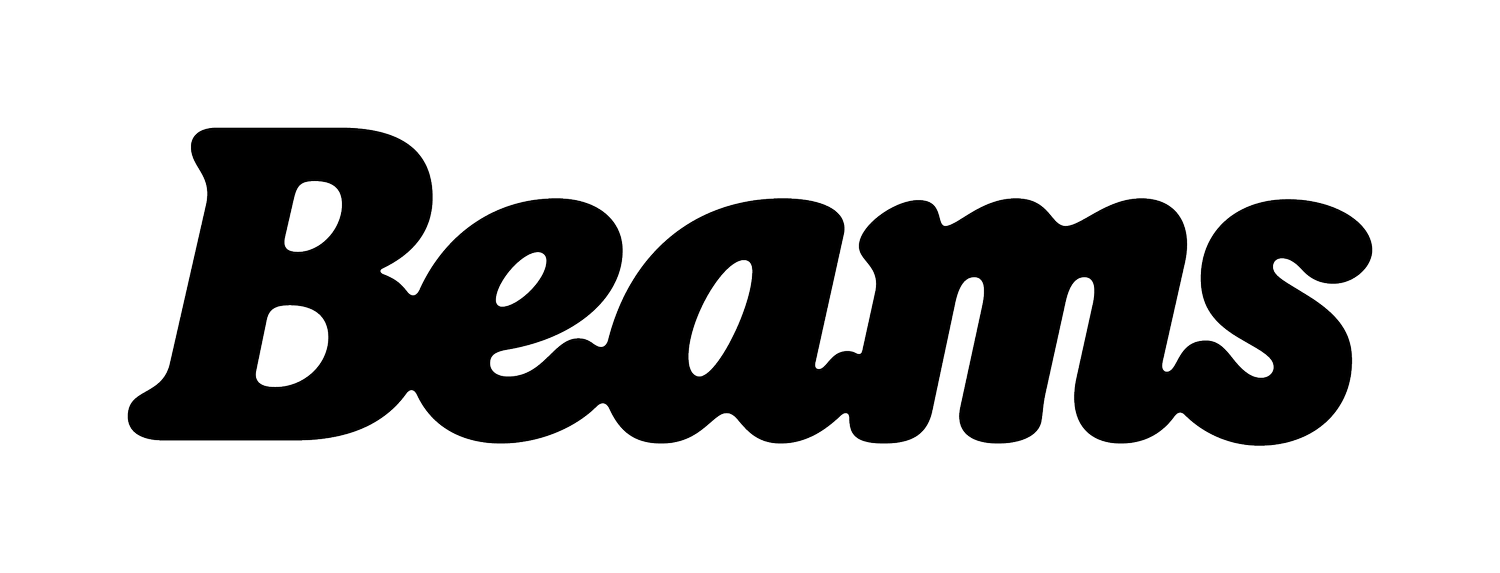Choosing the Best Kitchen Paint: A Comprehensive Guide
The kitchen is the heart of the home—a place where we gather for food and drink and memories are made throughout our lives. But given its high traffic, varying moisture levels, and exposure to heat, choosing the right paint for your kitchen walls might be more crucial than you’d think. The right paint not only enhances the kitchen's appearance it also ensures durability and easy maintenance. In this guide, we’ll walk you through everything you need to know to choose the perfect paint for your kitchen.
1. Understanding the Challenges of Kitchen Walls
Heat and Humidity
Kitchens are subject to frequent temperature fluctuations and high humidity levels, especially around stoves, ovens, and sinks. Paint needs to withstand these conditions without peeling or blistering.
Stains and Splashes
Food splatters, grease, and water splashes are common. The paint should be able to resist stains and be easy to clean without losing its finish.
Wear and Tear
Given the kitchen’s high-traffic nature, the paint should be durable enough to resist scratches, scuffs, and regular cleaning.
2. Types of Paint Finishes
The finish of your paint significantly affects both the appearance and functionality of your kitchen walls. Here’s a breakdown of the most popular options:
1. Satin Finish
Pros: Durable, easy to clean, and has a slight sheen that hides imperfections.
Cons: Can show brush strokes and touch-ups might be visible.
Best For: General wall areas that are away from direct splashes but still need to handle light cleaning.
2. Semi-Gloss Finish
Pros: Highly durable and moisture-resistant, making it perfect for areas prone to splashes and grime.
Cons: Reflects more light, which can highlight wall imperfections.
Best For: Backsplashes, trim, and cabinets.
3. High-Gloss Finish
Pros: The most durable and easy to clean, offers a shiny and reflective finish.
Cons: Very reflective, which can emphasise surface flaws.
Best For: Areas that require frequent cleaning like kitchen cabinets and trims.
4. Eggshell Finish
Pros: Provides a soft sheen and is moderately durable.
Cons: Less durable than satin or gloss finishes, and not ideal for high-moisture areas.
Best for: General wall areas in lower-traffic kitchens.
5. Matte Finish
Pros: Offers a smooth, non-reflective finish that hides imperfections well.
Cons: Least durable and not suitable for areas that need frequent cleaning.
Best For: Ceilings or low-traffic areas.
3. Choosing the Right Paint Type
Beyond the finish, the type of paint used is equally important for kitchen applications. Here’s a look at the different types of paint you might consider:
1. Latex Paint
Pros: Water-based, easy to clean, and quick-drying. It emits fewer fumes and is environmentally friendly.
Cons: Less durable compared to oil-based paints but advanced formulas are improving its resilience.
Best For: Most kitchen areas, especially walls and ceilings.
2. Oil-Based Paint
Pros: Extremely durable and resistant to stains and scratches. Provides a smooth finish.
Cons: Longer drying time, strong fumes, and requires mineral spirits for cleaning brushes.
Best For: Cabinets and trim that require a durable, long-lasting finish.
3. Acrylic Paint
Pros: Provides a balance between the benefits of latex and oil-based paints. It’s durable and easy to clean.
Cons: Can be more expensive than other types.
Best For: High-traffic areas needing a durable yet easy-to-clean surface.
4. Colour Choices for Your Kitchen
The colour of your kitchen walls can impact the mood and feel of the space. Here are some popular colour ideas:
Warm Neutrals
Shades like beige, taupe, and warm greys create a cosy and welcoming atmosphere. They work well with various kitchen styles, from traditional to modern.
Bright Whites
Crisp white or off-white paints can make your kitchen feel bright and spacious. They pair beautifully with natural light and can give a clean, modern look.
Bold Accents
Consider using a bold colour on an accent wall or cabinetry. Colours like navy blue, forest green, or even mustard yellow can add character and a pop of excitement to your kitchen.
Soft Pastels
Soft hues like pale blue, mint green, or blush pink can make the kitchen feel fresh and airy. They are perfect for creating a relaxed and cheerful environment.
5. Additional Tips for Painting Your Kitchen
Preparation is Key
Proper preparation ensures a smooth finish and long-lasting results. Clean the walls thoroughly to remove grease and grime. Use a primer, especially on new drywall or when covering dark colours.
Consider Mould and Mildew Resistance
Kitchens are prone to moisture, so opting for paint with mould and mildew resistance can be beneficial.
Test Samples
Before committing to a colour, test paint samples on your kitchen walls. Observe how they look at different times of the day under various lighting conditions.
Maintenance and Touch-Ups
Keep extra paint on hand for touch-ups. Regularly clean the walls with mild soap and water to keep them looking fresh.
Conclusion
Choosing the right paint for your kitchen involves balancing aesthetics with practical considerations. Opt for a finish that stands up to your kitchen’s demands and complements your style. Whether you prefer the sleek look of a semi-gloss or the soft warmth of a satin finish, the right paint can transform your kitchen into a space that is both beautiful and functional.
At Beams our expert designers work over three calls with you to guide and develop your perfect interior before going on to organise the materials and contractors. This way you can rest easy knowing you’ll get exactly the kitchen paint you want and more.
If you’d like us to guide you from design to the completion of the work by our vetted contractors, then get your free estimate today:






